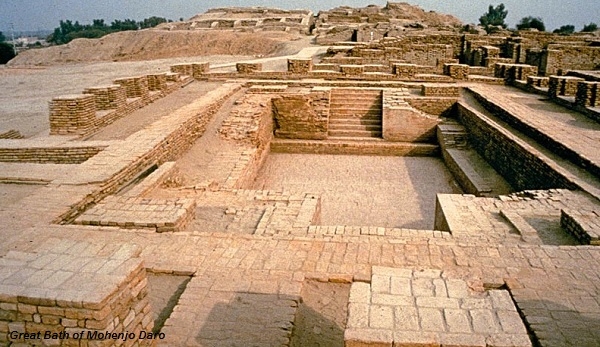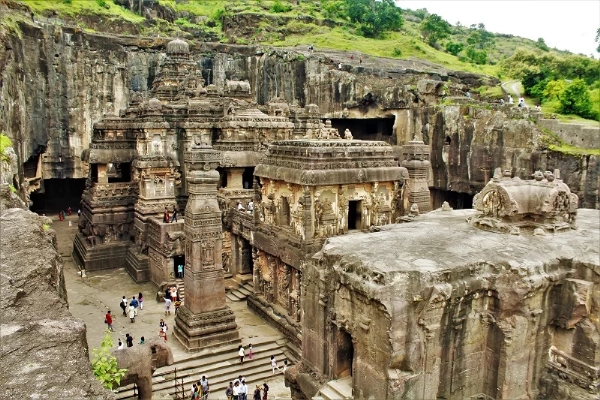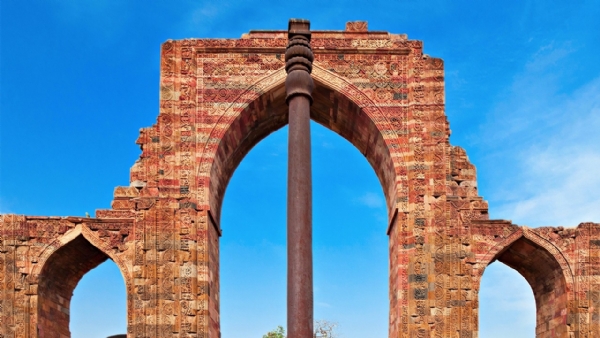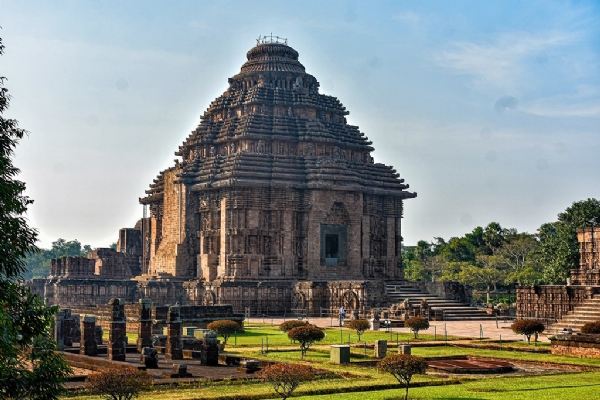Engineering Marvels of Ancient India: A Tribute on National Engineers Day
The metallurgical composition and craftsmanship behind this pillar remain a subject of study and fascination for engineers and scientists worldwide.
Total Views | 276
National Engineers Day in India, celebrated on September 15th, is a special occasion to honor the contributions of engineers to the nation's development and progress. On this day, we not only celebrate the achievements of modern engineers but also pay tribute to the remarkable engineering marvels of ancient India. These historical wonders stand as a testament to the ingenuity and technological prowess of our ancestors, showcasing their advanced knowledge in various fields of engineering. In this article, we will explore five incredible engineering feats from ancient India that continue to inspire awe and admiration.
1. Indus Valley Civilization's Urban Planning

The story of India's engineering excellence begins with the Indus Valley Civilization, one of the world's oldest urban civilizations dating back to 2500-1500 BCE. Cities like Mohenjo-Daro and Harappa are shining examples of meticulous urban planning. The streets were laid out in a grid pattern, with an advanced sewage and drainage system that exceeded contemporary standards. The systematic layout, organized streets, and well-planned structures highlight the profound understanding of urban engineering principles by the inhabitants of the Indus Valley.
The drainage system, in particular, is a remarkable feat. It featured covered drains that not only prevented the spread of diseases but also showcased the mastery of hydraulic engineering. The efficiency of their plumbing systems is a testament to the advanced technological and engineering knowledge possessed by the ancient Indus Valley people.
2. Ancient Indian Stepwells
Stepwells, locally known as 'baori' or 'vav,' are unique and elaborate water storage and irrigation structures that are a hallmark of ancient Indian engineering. These architectural wonders were constructed across the country, especially during the medieval period, to address water scarcity issues in arid regions.

One of the most famous stepwells is the Chand Baori in Abhaneri, Rajasthan, dating back to the 9th century. With its geometric precision and intricate design, Chand Baori exemplifies the fusion of art and engineering. Stepwells not only provided a reliable source of water but also served as cool retreats during sweltering summers.
3. Ajanta and Ellora Caves
The Ajanta and Ellora Caves, carved into the rocky cliffs of Maharashtra, are a testament to the architectural and engineering brilliance of ancient India. These caves, dating from the 2nd century BCE to the 10th century CE, served as monastic retreats, temples, and prayer halls.

The intricate carving and meticulous excavation of the rock to create these architectural marvels highlight the advanced engineering skills of the time. The rock-cut monolithic temples, adorned with exquisite frescoes, sculptures, and intricate structural designs, showcase the fusion of artistry and engineering. The structural stability and beauty of these caves continue to mesmerize visitors and inspire awe.
4. Iron Pillar of Delhi
The Iron Pillar, located in the Qutb Complex in Delhi, is an engineering marvel that dates back to the 4th-5th century CE. This nearly 24-foot-tall iron column is made from nearly pure iron and stands as a testament to the metallurgical expertise of ancient India. The oldest inscription on the pillar is that of a king named Chandra (IAST: Candra), generally identified as the Gupta emperor Chandragupta II.

What makes the Iron Pillar particularly remarkable is its resistance to rust and corrosion. Despite standing exposed to the elements for over a thousand years, it has not developed the rust that would be expected in ordinary iron. The metallurgical composition and craftsmanship behind this pillar remain a subject of study and fascination for engineers and scientists worldwide.
5. Konark Sun Temple
The Konark Sun Temple, located in Odisha and built in the 13th century CE, is a magnificent example of temple architecture and engineering. This temple is designed in the shape of a colossal chariot, with intricately carved stone wheels and horses, symbolizing the Sun God's chariot.

What makes the Konark Sun Temple exceptional is its architectural precision and astronomical alignment. The temple was constructed in such a way that the main idol would align with the rising sun during specific times of the year. This intricate celestial engineering demonstrates the advanced knowledge of astronomy and engineering possessed by the architects of that era.
As we celebrate National Engineers Day in India, it's crucial to recognize and appreciate the engineering marvels of ancient India. These incredible achievements not only showcase the advanced knowledge and skills of our ancestors but also serve as a source of inspiration for present and future engineers. The Indus Valley Civilization's urban planning, stepwells, Ajanta and Ellora Caves, the Iron Pillar of Delhi, and the Konark Sun Temple stand as enduring testaments to the ingenuity and technical prowess of ancient Indian engineers. These marvels remind us that engineering excellence has deep roots in our history and culture, and they continue to inspire us to reach new heights in engineering and technology.
--
Bharati Web
Mes, Pune







